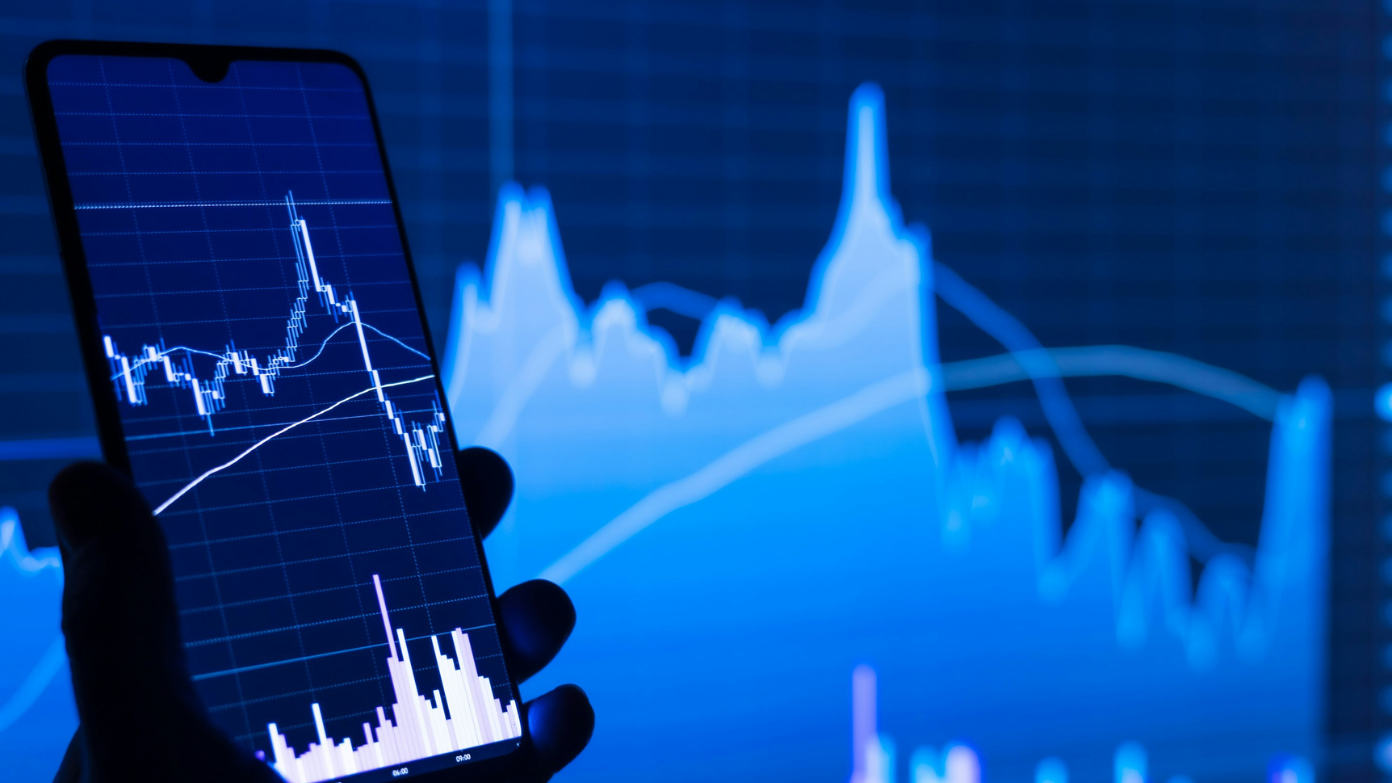Global stock markets have continued to be extremely volatile in recent times with most indexes suffering gigantic drops as United States-China trade tensions continue to rise. These market trends have raised questions on whether we are indeed witnessing a bear market. In this article, we discuss what a bear market is, its history, and how geopolitical tensions, specifically Trump’s tariffs and fear of a trade war, are affecting market performance and sentiment.
What is a bear market?
A bear market, technically, is a period of extended price drops for a stock or the overall market, typically 20 percent or more from a recent high. Such a trend continues for longer than two months or more and is usually accompanied by widespread investor despair, extensive selling of securities, and a weakening economy. While bear markets tend to move in tandem with larger indices such as the S&P 500 and Dow Jones Industrial Average, individual stocks or commodities will be in bear market territory as well if they drop by 20% or more.
Bear markets usually lead to economic recessions, as an indication that investors are only beginning to reclaim riskier wagers. They are distinct from market corrections, which are transitory, in that bear markets reflect more intrinsic anxieties regarding the economy and can signal the beginning of a recession, though not all bear markets initiate a recession.
Bear markets by the numbers
The history of bear market trends can serve as useful knowledge for investors. 27 S&P 500 bear markets have existed since 1928, and almost half occurred during the period from 1928 to 1945. The mean S&P 500 bear market lasted about 9.6 months, although bear market durations can vary greatly.
In these bear markets, the S&P 500 has declined on average by about 35 percent, which translates to an enormous loss of wealth for shareholders. Bear markets are cyclical and repeat on average every 3.5 years and are therefore a natural part of the economic cycle and not freak occurrences.
Some historical bear markets of particular note include the Great Depression bear markets of the 1930s, the dot-com bubble burst of the late 1990s, and the Great Recession of 2007-2009, when the S&P 500 declined almost 52 percent in 408 days. The COVID-19 pandemic recently produced one of the shortest on-record bear markets at only 33 days, but it erased almost 34 percent of the S&P 500.
Trump tariffs and market reaction
Market volatility in recent times has its root cause tied directly to mounting tensions in China-United States trade relations. President Trump’s tariffs have pulled some serious reactions in the global markets. Trump’s declaration in imposing tariffs on yet another 60% tariff on Chinese imports this year, saw world markets plummet severely. The Dow Jones dropped 1.2% (287 points), whereas China’s Shanghai Composite dropped by 3.8%. China too has also responded with retaliatory tariffs of their own.
European markets did not remain safe either, and Germany’s Dax index plummeted 1.2%, and France’s Cac 40 fell 1.1%. The spillovers surpassed the proximate bilateral U.S.-China connection when Russia launched retaliatory levies on U.S. commodities due to the latter’s tariff charges on inbound steel and aluminum.
Subsequent more recent market declines have similarly fallen into this same pattern as corporations deeply invested in Chinese markets like Boeing take enormous losses. Reactions like this show how so easily bearish sentiment can materialize in the marketplace out of trade war scares.
Bear market characteristics
Bear markets have several unique features besides price declines. Bear markets are characterized by negative sentiment among investors, with pessimism and fear of market conditions and the economy prevailing. This is a psychological factor that helps promote selling pressure as investors shift to safer assets.
The change from bear to bull market is typically characterized by rising market volatility, falling growth stock trading volume, and a rally into defensive sectors and asset classes such as utilities, consumer staples, and government bonds. Corporate earnings will deteriorate, and economic fundamentals will tend to deteriorate, further reinforcing bearishness.
Working under bear market conditions
Whereas bear markets are challenging, they also bring opportunities to smart investors. Among the methods of dealing with such an environment include short selling, employing put options, and investing in inverse ETFs that appreciate with declining markets. Bear markets offer opportunities to buy good-quality assets at sub-par prices for long-term investors, possibly increasing returns when the future markets rebound.

